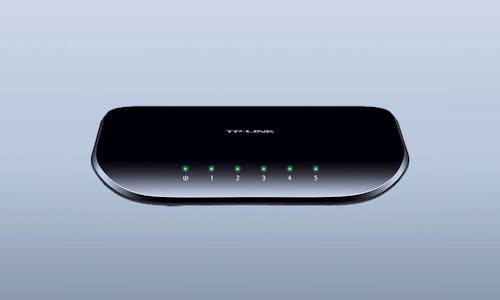We look at the evolution of HTC’s finest smartphones and why, despite their impressive capabilities, they fall short of the mark when it comes to imaging.
Taking photos – it’s a simple act thats popularity has grown immeasurably since the rise of the smartphone and whilst professionals and enthusiasts will always opt for a compact camera or a DSLR, for most, the smartphone is the preferred and most accessible weapon of choice.
Dive into the statistics on photography websites like Flickr and you’ll see that the most popular cameras aren’t cameras at all, but rather smartphones (Flickr’s top five cameras are a mix of iPhones and Samsung’s flagship Galaxy handsets).
With such a heavy reliance on our phones to take great pictures, it’s been more important than ever that top tier handsets offer the best imaging experiences they can – something that HTC seems to have missed the mark on, with the release of its latest handset, the HTC One M9.

We’ve commended HTC in the past for toying with innovative new camera tech, even when it meant the handsets in question risked alienating themselves from their main competition. 2013’s HTC One (M7) was the first to break the mould with its 4-UltraPixel sensor, which in truth was a 4-megapixel sensor with larger physical pixels that allowed in more light. In practice it delivered on the performance HTC promised it packed.
Last year’s One (M8) ran with the UltraPixel concept but also debuted the company’s Duo Camera design – a secondary sensor above the main 4-megapixel shooter that provided the phone with depth information. The concept was intriguing; letting the phone determine how far various aspects of a shot were from the lens(es), including subjects and objects. The user could then apply intelligent effects using this depth data to achieve a pseudo-bokeh blur element or other achieve other treatments such as a colour pop.

The bog-standard photography experience hadn’t progressed much and the limitations of using a 4-megapixel sensor meant 4K video was out of reach whilst rivals like the Samsung Galaxy S5 offered more modes, greater image fidelity and high resolution stills and video. The Duo Camera/UltraPixel combo was still decidedly unique, but it didn’t wow consumers in the way raw horsepower was with the M8’s leading rivals.
Step forward the HTC One M9 – the company’s latest and greatest gladiator for 2015. When we first officially met of the One M9 it not only ticked a number of boxes with its cutting edge internals, but a new 20-megapixel-rear camera filled us with intrigue.
In an apparent complete 180, the company undermined the groundwork it had started laying two years (and flagship handsets) prior, ditching both the UltraPixels (at least in the rear sensor) and the Duo Camera system.
We can only assume that the tumultuous internal state of the company was at least partly to blame. The departure of HTC’s head designer Scott Croyle likely caused some disrupted in the development of the M9 and a changing of the guard at the top; with former CEO Peter Chou stepping down and Chairwoman Cher Wang manning the helm, probably wasn’t the smoothest of transitions either.
Whether it was a case of time, money or a combination of both, the final product fell short of the mark, at least with regards to imaging. Whilst a number of other smartphones have opted for Sony’s 20.7-megapixel sensor, the M9’s snapper features the same number of pixels, but Toshiba’s name is allegedly on the chip, and that’s a problem.
The lacklustre image quality is the result of a cheaper CMOS sensor – the T4KA7 that Toshiba unveiled late last summer. As Andrew Hope on XDA Developers points out, that means no OIS (optical image stabilisation) and no phase detection – an assistive technology for better autofocus performance that handsets like the Galaxy S5 and iPhone 6 boast. Whilst the f2.2 aperture is narrower than pretty much every rival flagship this side of the iPhone 6.

Our experience with the camera has thus far failed to impress and whilst HTC is no doubt working to improve image quality by way of software updates, if the underlying hardware can’t deliver to begin with, we’re sceptical as to how much good can really be gained with post-processing.
It’s clear the that One M9 was a difficult birth for HTC and we can only hope that its successor doesn’t suffer under similar circumstances of internal unrest and crippled product development.
Check out our full HTC One M9 review to decide for yourself, perhaps we’re wrong. Leave your thoughts in the comments below.















Leave a Reply